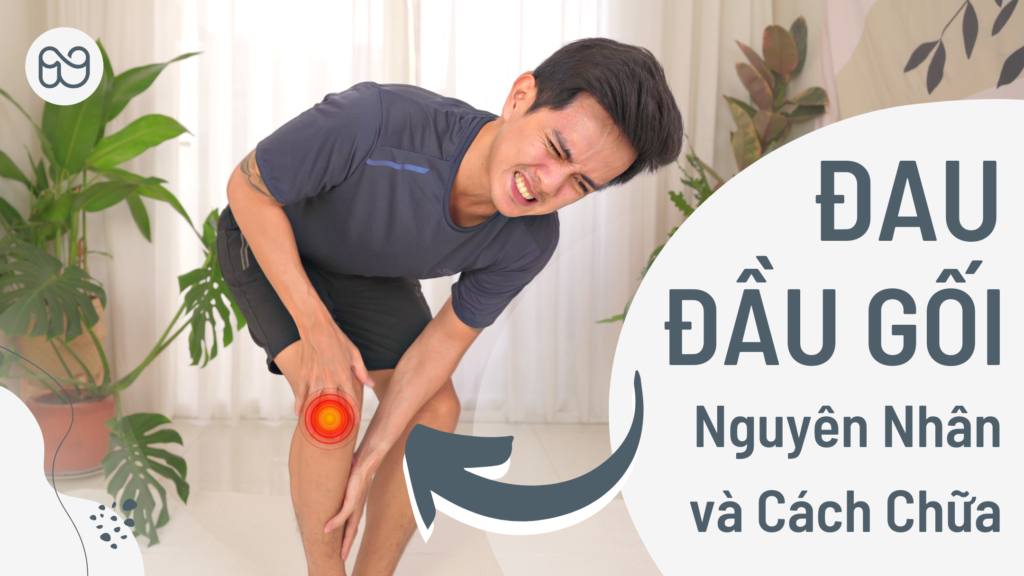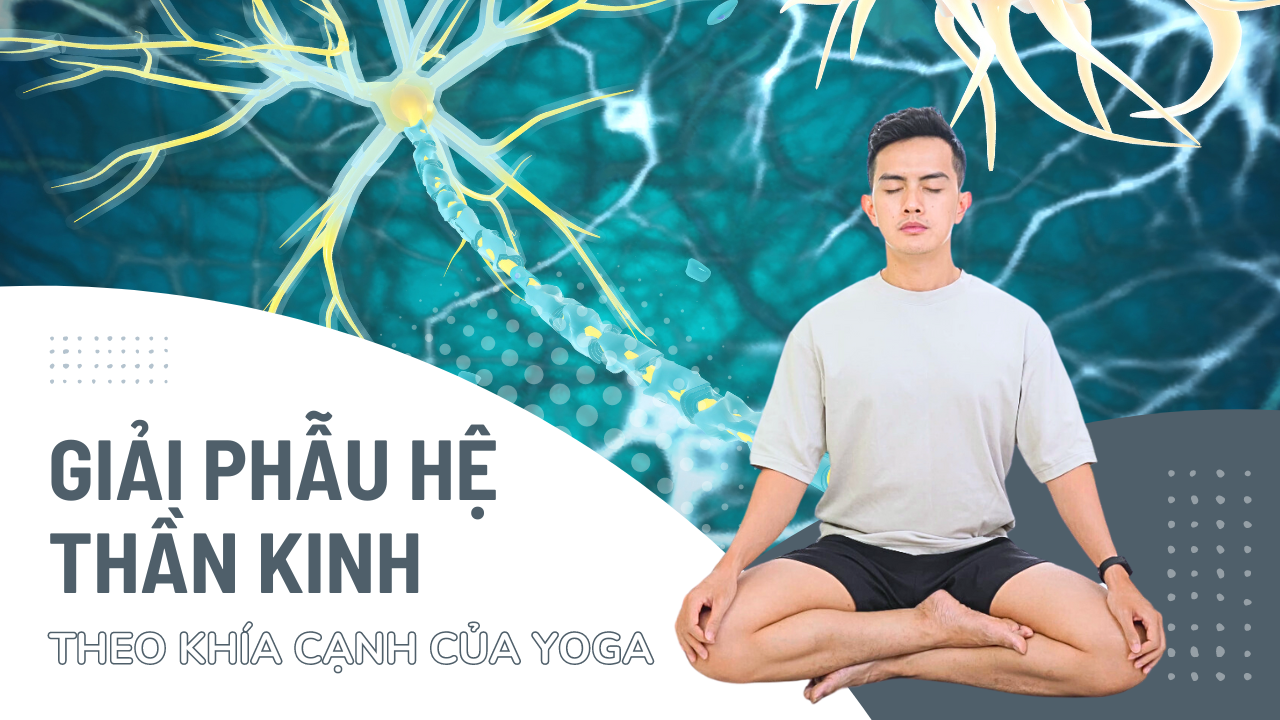Knee pain is a common symptom in people of all ages. This condition greatly affects daily activities, and limits movement. So what is knee pain? What is the cause and treatment of knee pain? Follow the article below with Nguyen to understand more!
Causes of knee pain

Knee Injury: Sprains, strains, and tears are all types of knee injuries. This can be due to a sports injury like running, climbing, kicking a soccer ball, etc. But you don't have to play sports to get this type of knee pain. Any sudden injury can lead to knee pain
Tendonitis: Knee pain or tenderness can be a sign of tendonitis, where the tendon swells and becomes painful.
Osgood-Schlatter disease: This is osteochondrosis, in Osgood-Schlatter disease the bone tumor below your knee becomes painful and swollen during and after exercise.
Osteoarthritis: The cartilage in the knee is gradually worn away
Ligament injury: Anterior cruciate ligament (ACL) injuries are often caused by a sudden twisting motion. Posterior cruciate ligament (PCL) injuries are usually caused by direct impact. Such as the impact of a car accident or sporting activity.
Cartilage damage and disorders: Overuse can cause muscle weakness or a misaligned knee joint that can soften the cartilage of the kneecap.
Patella fracture: This is when the kneecap, which is located in front of your knee joint, is broken. Usually from a fall or a direct blow to the knee.
Who is at high risk for knee pain?
Several factors can increase your risk of knee problems, including:
Overweight: Being overweight or obese puts pressure on your knee joint, even during normal activities like walking or going up and down stairs. It also puts you at risk for osteoarthritis by accelerating the breakdown of joint cartilage.
Lack of flexibility or muscle strength: Lack of strength and flexibility can increase the risk of knee injury. Strong muscles help stabilize and protect your joints. At the same time, the flexibility of the muscles can help you perform the entire range of motion.
Certain sports or occupations: Some sports put a lot of stress and pressure on your knees and are constant. For example, the jumps and spins of basketball, and the constant pounding of the knee when you run or jog all increase the risk of knee pain. Jobs that require repetitive overhead such as construction or farming may also increase your risk.
Past trauma: Having a previous knee injury makes you more likely to have knee pain again.
How to cure knee pain fast at home?
Self-care remedies for knee pain at home include:
Rest: Pause your normal activities to reduce repetitive stress on the knee. This gives the wound time to heal and helps prevent further damage. A day or two of rest may be all you need for a minor injury.
Use ice: Ice reduces both pain and inflammation. You can use an ice pack wrapped in a thin towel to protect your skin. Although ice therapy is generally safe and effective. But do not apply ice for longer than 20 minutes at a time because there is a risk of damaging your nerves and skin.
Heat use: You can get some temporary relief by applying a heat pack or hot water bottle to the painful area above your knee.
Splint: This helps prevent fluid buildup in damaged tissues and maintains the alignment and stability of the knee. Look for compression bandages that are lightweight, breathable, and self-adhesive. It should be tight enough to support your knee without impeding circulation.
Elevation: To help reduce swelling, rest your injured leg on a pillow or sit in a recliner.
In addition, you can apply massage exercises or methods to improve knee pain such as yoga or physical therapy.
3 effective yoga moves to treat knee pain
Lift your heels


- Inhale, lift your heels.
- Exhale, gently lower.
- Repeat this movement 10 times.
- At the last time, hold the heel lift for 5 times, breathe evenly, then lower to relax.
Knee bend


- Legs shoulder width apart.
- Inhale, bring your right leg up.
- Exhale, gently lower.
- Do the same with the left side.
- Repeat this movement 10 times (5 times on each side).
Lie down with legs raised


- Lie face down close to the ground, hands are interlaced (face down). Or keep your arms at your sides and straighten your legs.
- Inhale, lift right leg (do not bend knee).
- Exhale, gently lower your legs.
- Repeat 10 times (5 times on each side).
- Last hold for 5 breaths, breathing evenly.
Nguyen hopes that the above sharing will be useful to you. Help you improve your knee pain effectively. Please follow and wait with Nguyen the posts about health and next Yoga!
References
https://www.hopkinsmedicine.org/health/conditions-and-diseases/knee-pain-and-problems
https://www.mayoclinic.org/diseases-conditions/knee-pain/symptoms-causes/syc-20350849



